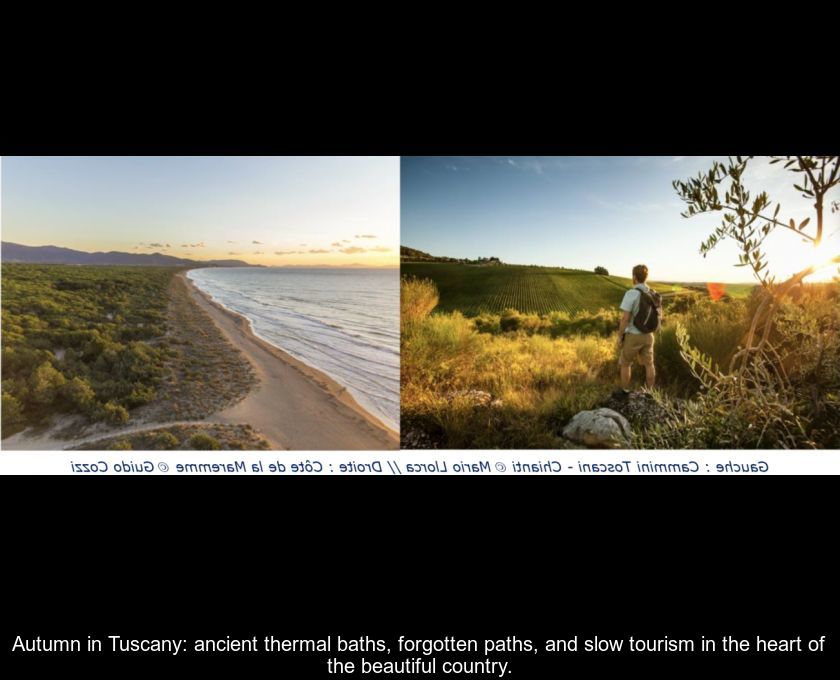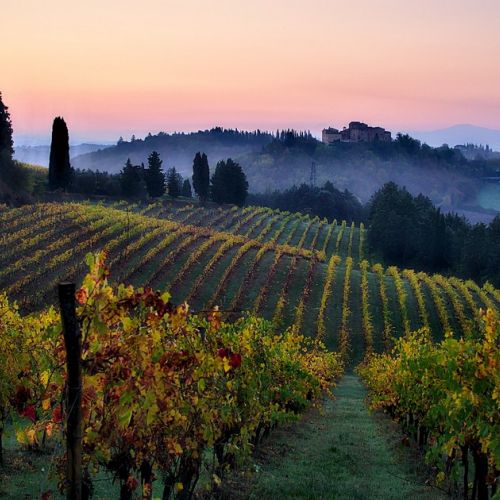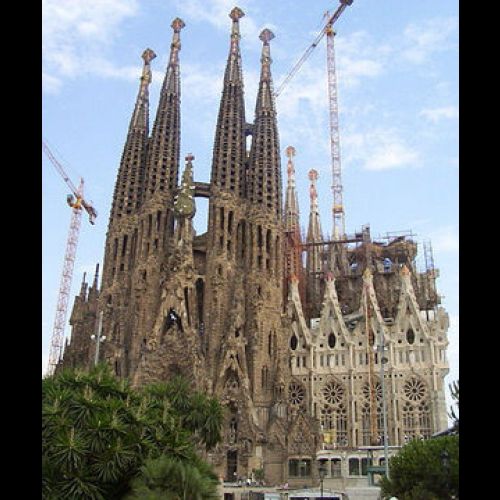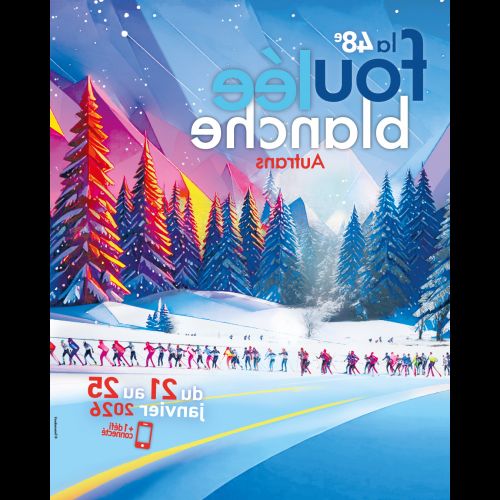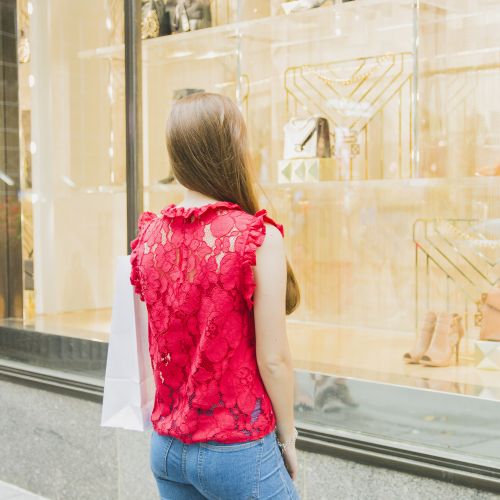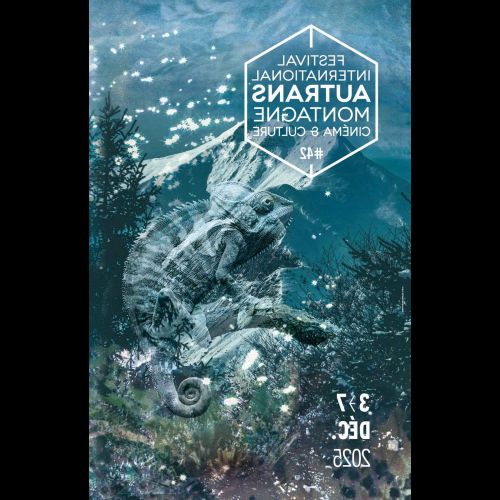Autumn In Tuscany: Ancient Thermal Baths, Forgotten Paths, And Slow Tourism In The Heart Of The Beautiful Country.
Need to catch your breath? This autumn, Tuscany whispers to us to slow down. Among golden-hued valleys, hot springs, and roads lined with cypress trees, the region invents a new way of traveling, gentler, more mindful, infinitely flavorful.
Why Tuscany (brilliantly) bets on the art of slow travel
42% of European travelers say they want to "take their time" in 2025. No wonder Tuscany, already a land of contemplation since the Medici era, is embracing the movement. Here, one does not simply "check off" sites; one savors the scent of the broom and listens to the tinkling of sheep bells in the morning mist. The regional authorities have also invested nearly 35 million euros over five years to mark trails, create areas for e-bikes, and support green hospitality.
As a result, off-season attendance is on the rise, but the average carbon footprint of a stay has decreased by 18% (Tuscany region figures 2024).
On the Trail of Pilgrims: The Via Francigena and the New Cammini
Dating back over a millennium, the Via Francigena crosses the region from north to south. Today, 400 km are perfectly signposted, dotted with hostels, fountains, and those small bars where you can still get a panino with pecorino for 3 euros.
But Tuscany doesn't end there: the Via degli Dei connects Bologna to Florence along the ridges of the Apennines, while the trails of the Val d'Orcia (UNESCO) unfold their caramel curves between Pienza and Bagno Vignoni.
Walking means rediscovering a pace of 4 km/h; at the end of a day, you've crossed three landscapes worthy of a Renaissance fresco, without the noise of engines.
Garfagnana Walking Tour: 6 Days, 1000 Stories
Imagine: setting off from Castelnuovo with a light bag, and each afternoon, a craftsman opens his door to you. Here, a bookbinder shapes a leather notebook; there, a nonna rolls out necci (chestnut flour crepes). The Garfagnana Walking Tour combines hiking, regional trains, and encounters. And because it makes sense, the luggage is transported by electric bus. Result: less than 12 kg of CO2 emitted per person for the entire loop, equivalent to a round-trip Paris–Nice journey by TGV.
Contessaland: Mount Amiata Becomes a Family Playground
At 1,400 meters above sea level, Contessaland is a delightful oddity: rail tobogganing, inflatable tubing, and mini-sized ski lifts. The park is open 365 days a year, uses 100% renewable energy, and even recycles the artificial snow through a gravity-fed water storage system. Between runs, visitors can enjoy a walk in a forest of ancient beech trees or a nap in the grass scented with wild oregano. It's a breath of fresh air for parents and a blast for kids: win-win.
27 spa resorts, a heritage that's still bubbling.
The Etruscans already immersed their amphorae in sulfuric waters; today, we dive into pools at 37°C facing the cypress trees.
Among the gems:
- Tombolo Talasso Resort (Marina di Castagneto Carducci): five heated seawater pools and a sensory tunnel where the waves resonate.
- Terme San Giovanni (Elba Island): marine muds to boost the joints, leaving you with soft skin and the desire to climb up to Portoferraio.
- Terme della Versilia: a combo of salso-bromo-iodine water + extremely rare peat, perfect against urban stress.
Wellness bonus: most establishments offer a "Mediterranean Detox" menu (less than 1,500 kcal/day, zero fried food, only local olive oil).
Three cities, three bike getaways that make the heart beat.
Colle Val d'Elsa: starting at Piazza Arnolfo, 38 km of white roads up to San Gimignano. Between two hills, a turquoise waterfall to soak your calves.
Fiesole: 25 km of panoramic roads from the Monastery of Montesenario; upon arrival, the Apennine fountain reminds you that sculpture can be XXL.
Massa: a cumulative 42 km with 700 m of elevation gain; marble beaches, a castle overlooking the sea, and, around a bend, an artisanal gelateria (tested and approved).
To remember: the region has doubled its secure bike paths since 2020 and rents out more than 12,000 e-bikes each year.
Slow Wine: Chianti Goes Zero Plastic
Tuscan wine has never been afraid to innovate. The latest trend: "sustainable wine tours".
After an electric mountain bike ride, you visit a biodynamic winery that produces its energy from grape pomace. Tasting: Sangiovese 2022, local charcuterie, all served in deposit glasses (yes, even the glass is reused).
Noteworthy: over 190 estates have already obtained the VIVA certification, the national benchmark for water/carbon footprint.
Green Sleeping: Glamping, Agritourism, and Eco-Chic Weddings
Gone are the anonymous hotels. Welcome to safari tents with solar showers, old farms transformed into eco-lodges, and zero-waste celebrations. A few ideas:
- A geodesic dome amidst the vineyards of Montalcino, with breakfast delivered by cargo bike.
- An agriturismo that composts 100% of its organic waste and offers a "homemade pasta" workshop with nonna.
- An "olive green" wedding: bouquets of aromatic herbs, biodegradable confetti made from dried petals.
Result: the sustainable lodging sector in Tuscany has surged by 28% between 2019 and 2024.
How Much Does It Cost to Travel Slowly? A Small Budget Guide
Good news: slow tourism isn't (necessarily) more expensive. Consider:
- Itinerant hiking (7 days) with half-board in a lodge: from 620 €.
- E-bike rental: approx. 45 €/day, with reductions for weekly rentals.
- Thermal bath entry for 3 hours: from 18 € to 45 € depending on the facility.
Tip: The Tuscany Slow Pass, launched in 2025, offers a 20% discount on regional trains, museums outside Florence, and certain biodynamic wineries.
Tuscany, an Endless Renaissance
From the gentle thrill of a warm spring to the crackling of a gravel path under tires, Tuscany's autumn reminds us that travel can still amaze without exhausting the planet. Taking time is to give meaning. And what if the real dolce vita began here, at 4 km/h? Buon viaggio!
Note: "Slow tourism" refers to a way of traveling that favors soft mobility, seasonality, and contact with locals. An approach that is beneficial for the territory... and for your heart rate.

